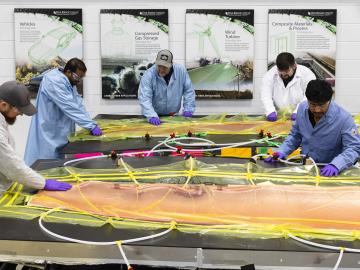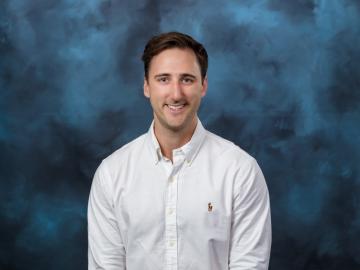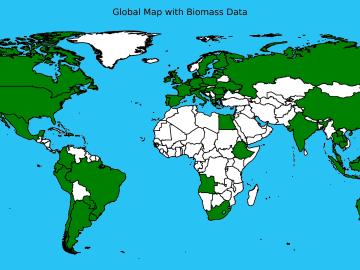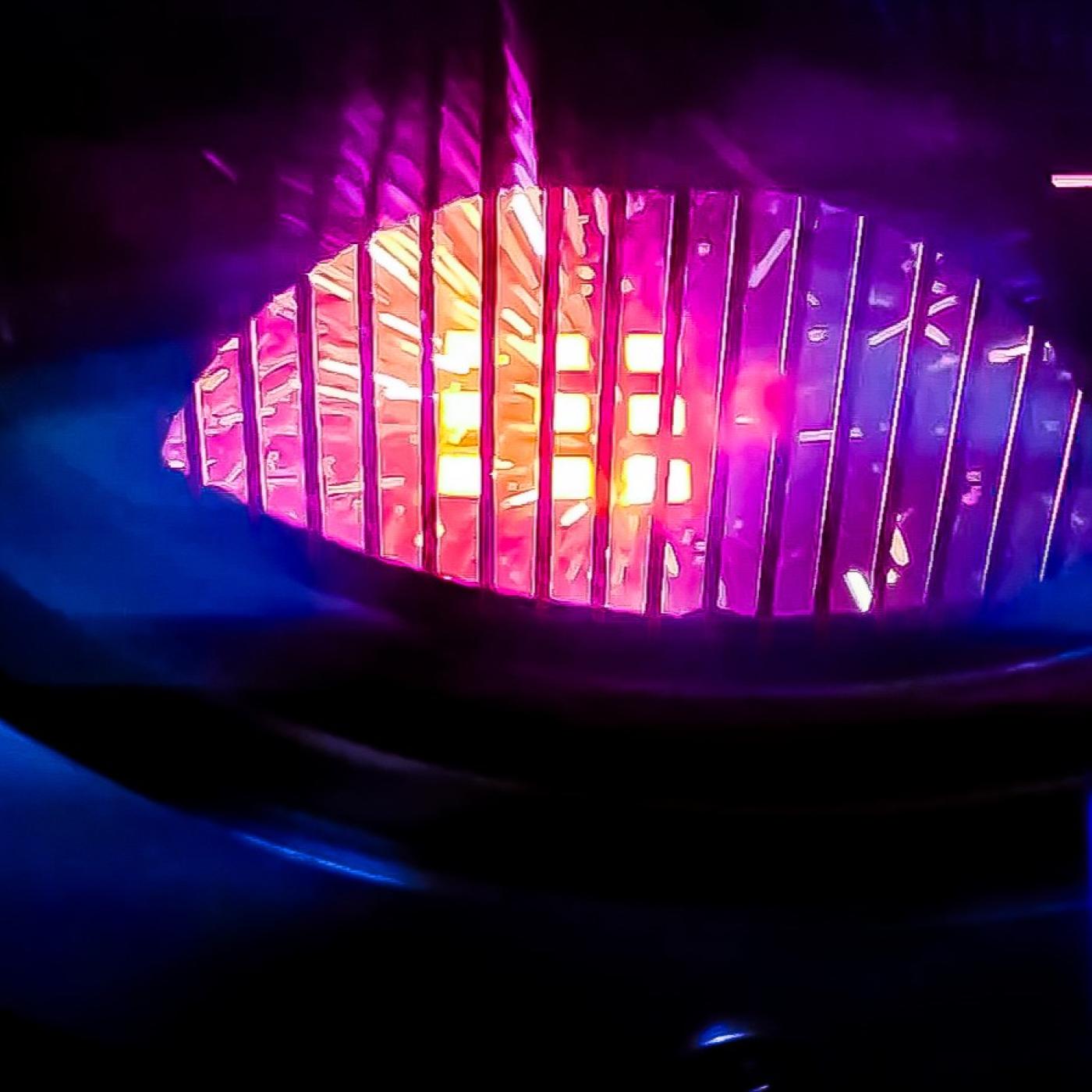
Filter News
Area of Research
- Advanced Manufacturing (3)
- Biological Systems (1)
- Biology and Environment (70)
- Biology and Soft Matter (1)
- Clean Energy (65)
- Climate and Environmental Systems (1)
- Computational Biology (1)
- Fusion and Fission (20)
- Fusion Energy (4)
- Isotopes (6)
- Materials (26)
- Materials for Computing (3)
- National Security (15)
- Neutron Science (13)
- Nuclear Science and Technology (16)
- Quantum information Science (1)
- Supercomputing (36)
News Type
News Topics
- (-) 3-D Printing/Advanced Manufacturing (45)
- (-) Biomedical (33)
- (-) Composites (9)
- (-) Cybersecurity (14)
- (-) Energy Storage (30)
- (-) Environment (107)
- (-) Frontier (29)
- (-) Nuclear Energy (56)
- (-) Sustainable Energy (49)
- Advanced Reactors (8)
- Artificial Intelligence (54)
- Big Data (32)
- Bioenergy (52)
- Biology (62)
- Biotechnology (13)
- Buildings (23)
- Chemical Sciences (28)
- Clean Water (15)
- Climate Change (54)
- Computer Science (91)
- Coronavirus (17)
- Critical Materials (5)
- Decarbonization (48)
- Education (2)
- Emergency (2)
- Exascale Computing (34)
- Fossil Energy (4)
- Fusion (31)
- Grid (26)
- High-Performance Computing (52)
- Hydropower (5)
- Isotopes (31)
- ITER (2)
- Machine Learning (26)
- Materials (46)
- Materials Science (50)
- Mathematics (7)
- Mercury (7)
- Microelectronics (3)
- Microscopy (20)
- Molten Salt (1)
- Nanotechnology (16)
- National Security (48)
- Net Zero (8)
- Neutron Science (55)
- Partnerships (23)
- Physics (32)
- Polymers (8)
- Quantum Computing (23)
- Quantum Science (34)
- Renewable Energy (1)
- Security (12)
- Simulation (35)
- Software (1)
- Space Exploration (12)
- Statistics (2)
- Summit (34)
- Transformational Challenge Reactor (3)
- Transportation (27)
Media Contacts

Researchers led by the University of Melbourne, Australia, have been nominated for the Association for Computing Machinery’s 2024 Gordon Bell Prize in supercomputing for conducting a quantum molecular dynamics simulation 1,000 times greater in size and speed than any previous simulation of its kind.

Biochemist David Baker — just announced as a recipient of the Nobel Prize for Chemistry — turned to the High Flux Isotope Reactor (HFIR) at Oak Ridge National Laboratory for information he couldn’t get anywhere else. HFIR is the strongest reactor-based neutron source in the United States.

To bridge the gap between experimental facilities and supercomputers, experts from SLAC National Accelerator Laboratory are teaming up with other DOE national laboratories to build a new data streaming pipeline. The pipeline will allow researchers to send their data to the nation’s leading computing centers for analysis in real time even as their experiments are taking place.

ORNL researchers were honored with a prestigious ACE Award for Composites Excellence by the American Composites Manufacturers Association. The team won the “innovation in green composites design” prize for creating a fully recyclable, lightweight wind turbine blade tip that incorporates low-cost carbon fiber and conductive coating for enhanced protection against lightning strikes.

Justin West, an advanced machining and machine tool researcher at ORNL, has been selected as a recipient of the 2024 30 Under 30 award by the Society of Manufacturing Engineers.

A new Global Biomass Resource Assessment developed by ORNL scientists gathered data from 55 countries resulting in a first-of-its kind compilation of current and future sustainable biomass supply estimates around the world.

Scientists at ORNL used neutrons to end a decades-long debate about an enzyme cancer uses.

The Oak Ridge Leadership Computing Facility welcomed users to an interactive meeting at the Department of Energy’s Oak Ridge National Laboratory from Sept. 10–11 for an opportunity to share achievements from the OLCF’s user programs and highlight requirements for the future.
After retiring from Y-12, Scott Abston joined the Isotope Science and Engineering Directorate to support isotope production and work with his former manager. He now leads a team maintaining critical equipment for medical and space applications. Abston finds fulfillment in mentoring his team and is pleased with his decision to continue working.

A new convergent manufacturing platform, developed in only five months at the Department of Energy’s Oak Ridge National Laboratory, is debuting at the International Manufacturing Technology Show, or IMTS, in Chicago, Sept. 9–12, 2024.


